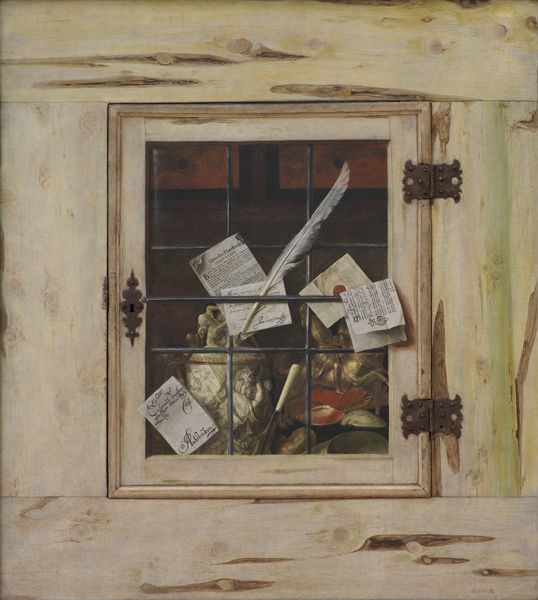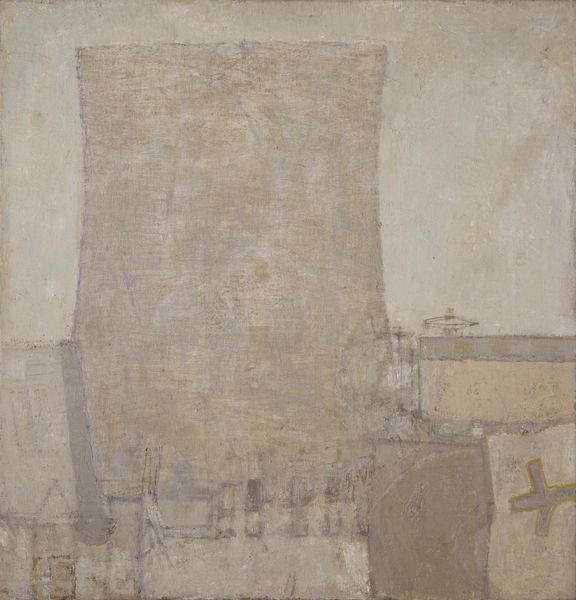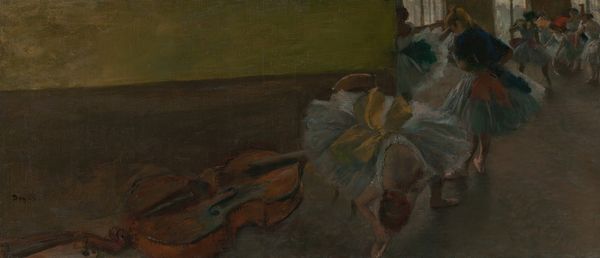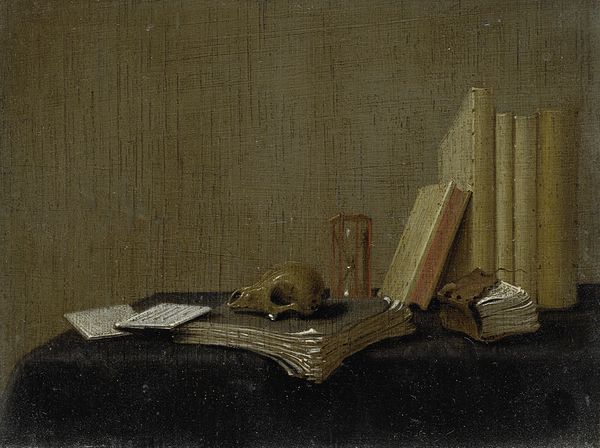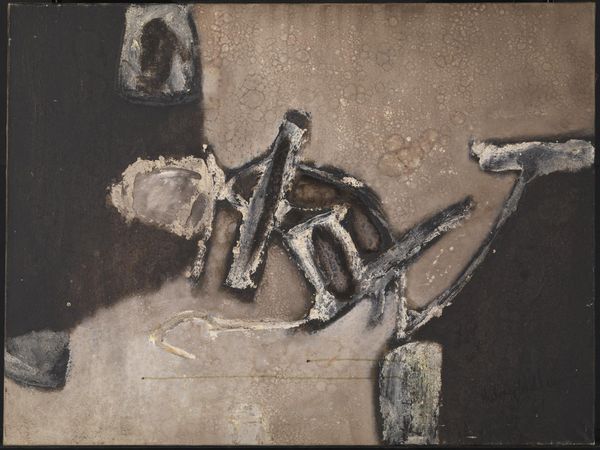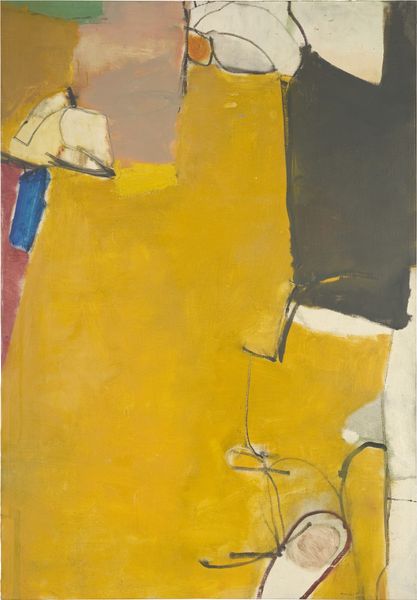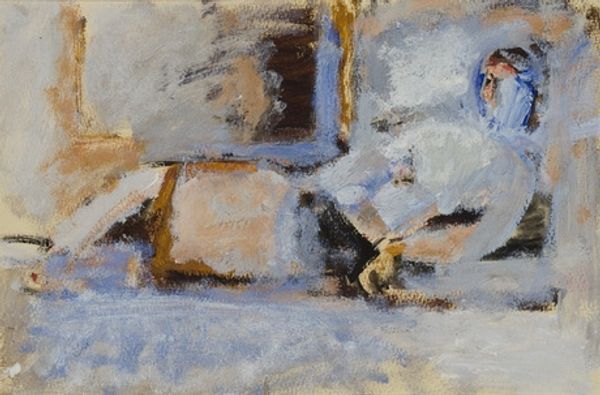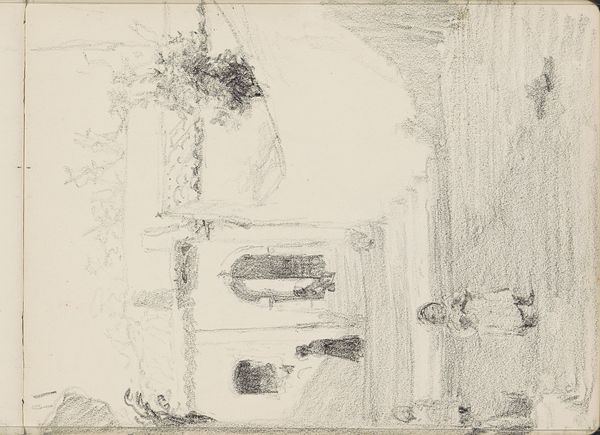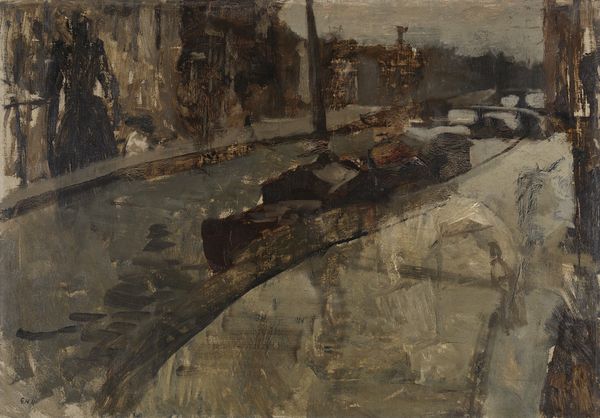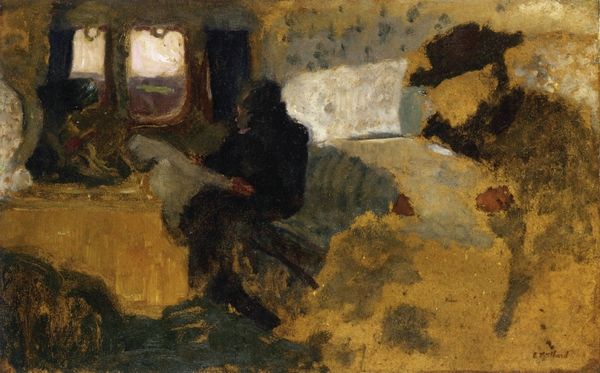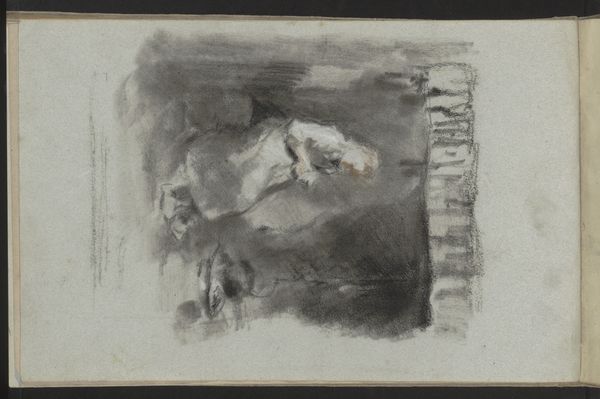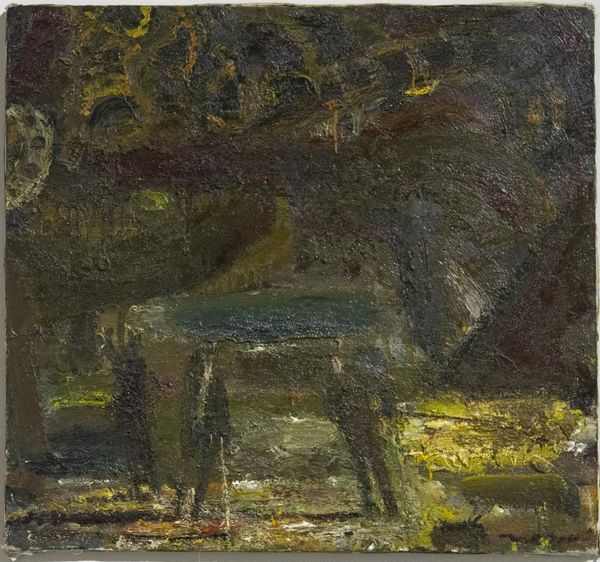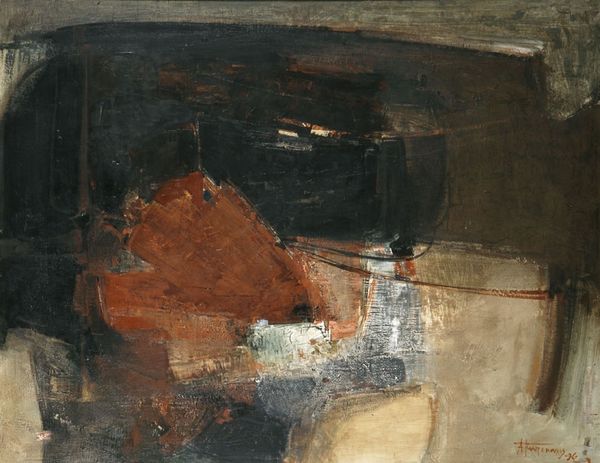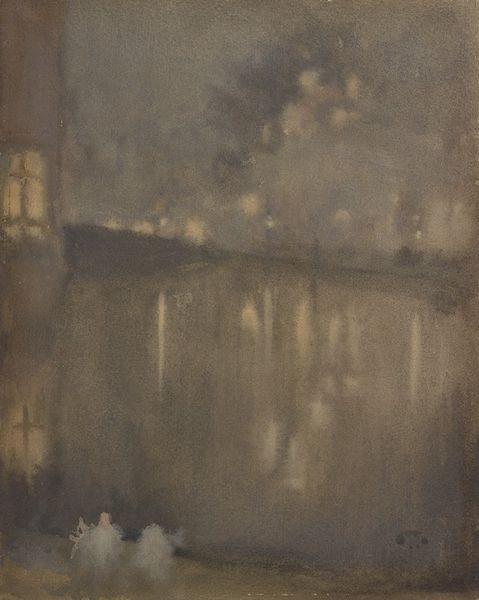
painting, oil-paint
#
portrait
#
painting
#
oil-paint
#
painted
#
oil painting
#
underpainting
#
genre-painting
#
realism
Dimensions: height 11.3 cm, width 31.4 cm
Copyright: Rijks Museum: Open Domain
Curator: This is Laura Theresa Alma-Tadema’s “Anna Leafing Through a Portfolio of Prints,” painted in 1874. Oil on panel, currently residing at the Rijksmuseum. Editor: Immediately, I'm struck by the stillness and the muted tones. It's quiet, introspective. The light is so soft; it makes me think of a hushed library, secrets whispered between the pages. Curator: It is quiet, isn't it? Anna, one of Alma-Tadema’s daughters, is absorbed, lost in this portfolio. But the way the image is composed feels, to me, to be deliberately breaking the fourth wall. Her gaze invites us into a world often denied to women during that era: the world of artistic appreciation, study, and potential creation. Editor: Yes! There is an inherent gendered tension that needs unpacking: Is she a passive observer or an active participant in the creation and dissemination of art? Her act of "leafing through" is seemingly innocuous, but becomes inherently political when considered alongside wider debates concerning female authorship. And observe how Alma-Tadema paints Anna concealing behind one of these large works: a coy maneuver? Or a visual acknowledgment that she exists always slightly obscured behind a veil of Victorian constraint. Curator: Well put. And the layers… layers of art, of meaning, and of course, layers in the painting itself. Alma-Tadema's brushwork feels very present, doesn't it? It isn't slick or invisible, but allows for those subtle variations in texture. Do you think it invites us to consider what's visible, but also what is deliberately obscured? Editor: Absolutely. Note, for example, the rather drab color scheme – a sharp contrast with the common Victorian taste for gaud and glamour, a potential indicator for female subservience, or simply more economic restriction of a lower social position in 1870's Europe? Moreover, the artist could even have been implying here, the "poverty of the canvas" that women artists have consistently had to push through! Curator: Oh, that's insightful, the poverty of canvas... a perfect way to describe a historical gender disparity within artistic contexts. This image provides ample ground for such conversations and theories to be brought together. Editor: Indeed, its subdued palette creates such room for nuanced interpretations. Curator: Exactly. Perhaps because it dares to peek past all surface pretenses.
Comments
rijksmuseum about 2 years ago
⋮
Anna, the painter’s seven-year-old stepdaughter, holds up a print with both hands. She has to peer around the sheet; that is how large it is, or conversely just how small Anna is. The Alma-Tadema family filled their house with portraits of themselves. Possibly this small painting was among them. It affords the viewer an intimate glimpse into the child’s world while simultaneously demonstrating a fondness for graphic art.
Join the conversation
Join millions of artists and users on Artera today and experience the ultimate creative platform.
